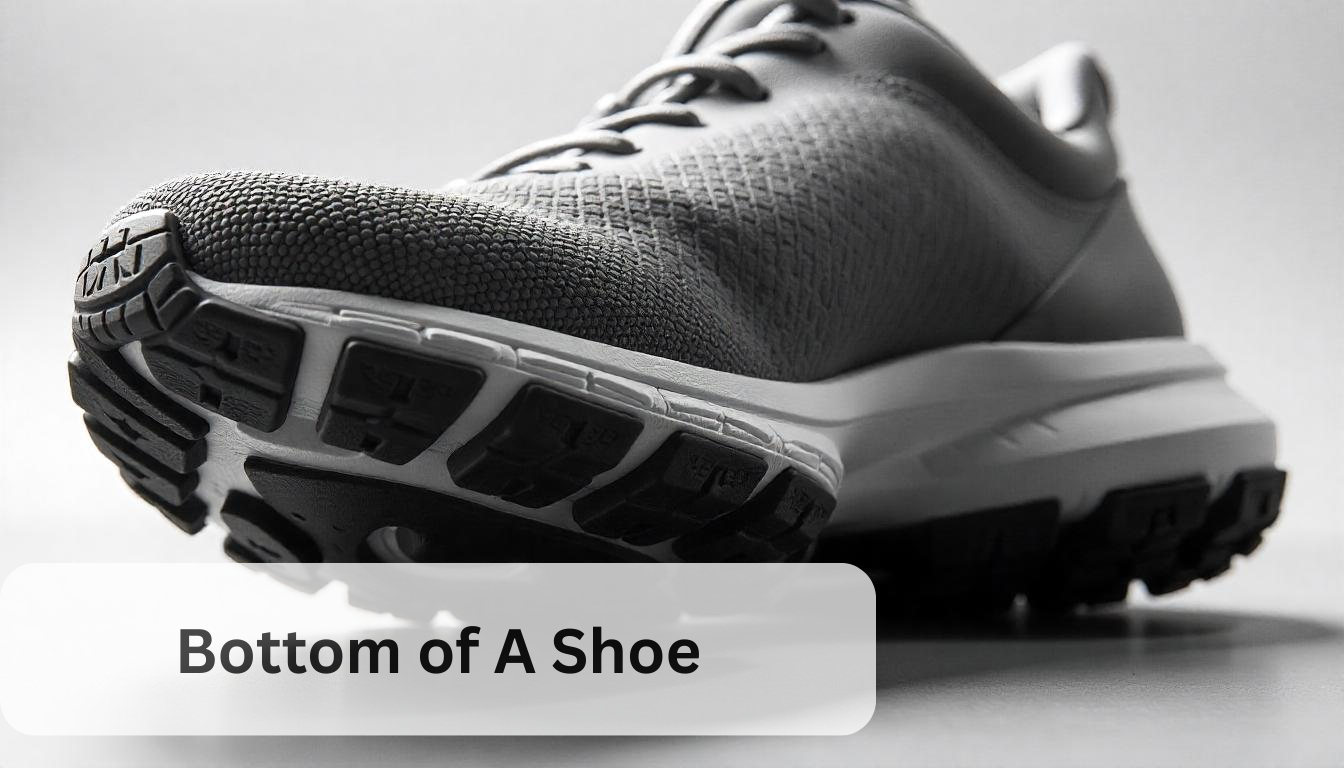Have you ever dreamed of creating your own shoe brand? From the iconic Nike swoosh to the timeless elegance of Christian Louboutin, the footwear industry offers endless opportunities for creativity and entrepreneurship. But how do you turn that dream into reality? This guide will walk you through how to start a shoe company from scratch, covering everything from market research to marketing strategies.
Why Start a Shoe Company?
The global footwear market is booming, with billions in annual revenue and steady growth projected for years to come. Shoes are not just functional; they’re a fashion statement, a tool for self-expression, and often a status symbol. Starting your own shoe company allows you to tap into this lucrative industry while sharing your unique designs with the world.
Step 1: Research and Define Your Niche
Before diving into production, understanding the market is crucial.
Study Market Trends: Research popular styles, materials, and consumer preferences. Platforms like Google Trends, Amazon, and Etsy can help identify what’s trending.
Find Your Niche: What sets your shoe company apart? Whether it’s eco-friendly materials, custom designs, or catering to athletes, defining your niche will help you stand out in a crowded market.
Analyze Competitors: Study successful brands in your niche. What are their strengths and weaknesses? Use this information to refine your strategy.
For example, Allbirds carved out a niche by focusing on sustainable footwear made from natural materials like wool and eucalyptus fiber. Their unique selling proposition helped them dominate the eco-friendly shoe market.
Step 2: Create a Business Plan
A solid business plan is the backbone of any successful venture. Here’s what yours should include:
Mission Statement: Define your company’s vision and goals.
Product Line: Detail the types of shoes you’ll offer—sneakers, boots, sandals, or custom designs—and specify materials and production methods.
Target Audience: Identify your ideal customer demographics (age, gender, lifestyle).
Financial Plan: Estimate startup costs (design, manufacturing, marketing) and project revenue for the first few years. Consider funding options like personal savings, loans, or investors.
Marketing Strategy: Outline how you’ll promote your brand through social media, e-commerce platforms, and local events.
Step 3: Design Your Shoes
Your designs are the heart of your shoe company. Here’s how to bring them to life:
Sketch Your Ideas: Start with simple sketches or mood boards that capture your vision.
Create Technical Drawings: Work with footwear designers or use software tools to develop detailed blueprints for manufacturing.
Prototype Development: Partner with manufacturers to produce sample prototypes for testing quality and fit.
For instance, if you’re creating athletic shoes, focus on features like lightweight materials and ergonomic designs that enhance performance.

Step 4: Choose Your Business Model
How will you operate your shoe company? Consider these three models:
| Business Model | Description | Pros | Cons |
| Ownership of Production | You design and manufacture shoes yourself while controlling the supply chain. | High customization; quality control | High startup costs; complex logistics |
| Wholesale | Buy shoes in bulk from manufacturers and sell them gradually through retail or online platforms. | Easier setup; established products | Limited design flexibility; inventory risk |
| Dropshipping/Print-on-Demand | Partner with suppliers who handle production and shipping based on customer orders. | Low startup costs; minimal inventory | Limited control over quality |
Step 5: Register Your Business
To operate legally in the U.S., follow these steps:
Choose a Business Structure: Decide whether you’ll register as a sole proprietorship, partnership, LLC, or corporation. LLCs are popular for small businesses due to their liability protection and tax benefits.
Register for Taxes: Obtain an Employer Identification Number (EIN) for federal taxes and check state-specific tax requirements.
Secure Permits and Licenses: Depending on your location and business model (e.g., physical store vs online), additional licenses may be required.
Step 6: Manufacturing Your Shoes
Finding reliable manufacturers is critical for ensuring quality production at scale.
Partner Selection: Look for manufacturers with experience in footwear production who meet quality standards and deadlines.
Material Sourcing: Choose durable materials that align with your brand values—whether it’s leather for luxury shoes or recycled fabrics for sustainability.
Quality Control: Implement strict checks during production to ensure consistency across all products.
Step 7: Build Your Brand Identity
Your brand is more than just a name—it’s your story and what customers will remember about you.
Name & Logo Design: Choose a memorable name that reflects your niche (e.g., minimalist sneakers or luxury boots). Create an eye-catching logo.
Brand Storytelling: Share why you started how to start a shoe company—whether it’s passion for design or solving a specific problem.
Packaging & Presentation: Invest in custom packaging that enhances the unboxing experience.
Step 8: Develop an E-Commerce Presence
Selling online is essential in today’s digital world.
Website Creation: Build a user-friendly website with high-quality images of your products.
SEO Optimization: Use keywords like how to start a shoe company strategically throughout product descriptions and blog posts.
Social Media Marketing: Promote your brand on platforms like Instagram and TikTok using engaging visuals and stories.
Step 9: Marketing Strategies That Work
Effective marketing can make or break your shoe company.
Online Marketing
- Run targeted ads on Google and social media platforms.
- Collaborate with influencers who resonate with your target audience.
- Share behind-the-scenes content about how your shoes are made.
Offline Marketing
- Host pop-up shops at local events.
- Sponsor community activities where your target audience is likely to attend.
Step 10: Scale Your Business
Once established, focus on scaling operations:

- Expand product lines (e.g., adding accessories like socks).
- Enter new markets by targeting different demographics or geographic regions.
- Build partnerships with retailers or distributors.
Frequently Asked Questions
What are the initial steps to start a shoe company?
The initial steps include conducting market research, defining your niche, creating a business plan, designing your shoes, and registering your business.
How do I choose the right business model for my shoe company?
Consider whether you want to own production, operate as a wholesaler, or use a dropshipping model. Each has pros and cons related to control, costs, and complexity.
What are the key elements of a successful shoe business plan?
A successful plan includes a mission statement, product line details, target audience analysis, financial projections, and marketing strategies.
How do I find reliable manufacturers for my shoes?
Look for manufacturers with experience in footwear production, check their quality standards, and ensure they meet your deadlines. You can find them through trade shows, online directories, or referrals.
What role does branding play in starting a shoe company?
Branding is crucial as it defines your identity and differentiates you from competitors. This includes creating a memorable name, logo, and storytelling that resonates with your target audience.
How important is e-commerce for a shoe company?
E-commerce is vital in today’s digital age. It allows you to reach a broader audience, manage inventory efficiently, and provide a seamless customer experience.
What marketing strategies are most effective for shoe companies?
Effective strategies include social media marketing, influencer collaborations, targeted online ads, and engaging in local events or sponsorships.
How do I ensure quality control in shoe manufacturing?
Implement strict quality checks during production, source high-quality materials, and work closely with your manufacturers to ensure consistency across all products.
What are some common challenges faced by new shoe companies?
Common challenges include high startup costs, intense competition, managing inventory and supply chains, and maintaining brand visibility in a crowded market.
How can I scale my shoe company successfully?
To scale successfully, focus on expanding your product lines, entering new markets, building strategic partnerships, and continuously improving your operations and customer service.
Conclusion
Starting a shoe company may seem daunting at first glance—but with careful planning, creativity, and persistence, success is within reach! Whether you’re crafting luxury heels or eco-friendly sneakers, this guide has equipped you with all the tools needed to launch your venture confidently.
Ready to take the first step? Start researching how to start a shoe company today—and turn your passion into profit.







